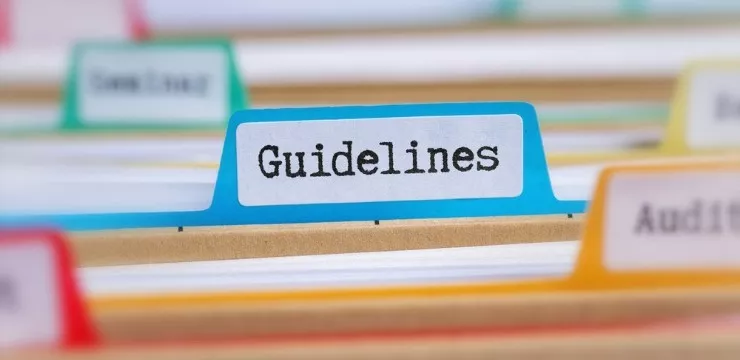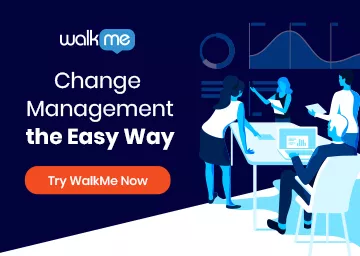

Assessing change readiness is a critical step in change management – in fact, it comes before the first step.
That is, before you even start your change program, you must gauge how “ready” your organization is.
In this guide, we’ll look at change readiness in depth:

Let’s start at the beginning:
Table of ContentsWhat is change readiness?
A quick, obvious definition: it is how ready an organization is for change.
To add a few dimensions, though, it refers to factors such as:
These factors all refer to an organization’s state – how capable, ready, and willing it is to undertake an organizational change.
But why does this matter?
It matters simply because an organization that isn’t ready to change can’t change.
At least, it can’t change successfully.
This is why change readiness assessments are so crucial.
Your organization should assess readiness as soon as you know that you are ready for change.
When assessing change readiness, follow these steps:
The change in question will determine what preparations need to be made.
Not all change programs require the same human capital, budget, or technical resources.
When assessing project scope, for instance, you will want to define areas such as:
Defining the change’s scope will help you understand the potential impact of the project, as well as what resources you will need to succeed.
Therefore, start every assessment by assessing the scope of change.
Where does the organization stand in terms of change management?
Assess its:
Understanding the organization’s people can help you adjust critical areas in your change plan, such as your communications and training strategies.
Consider budget needs as well as other resource requirements, including:
Assessing readiness will set the stage for your entire change management project.
You’ll know what’s possible, what’s not, and where to begin your change project.
To make the above guidelines more concrete, let’s look at questions you can ask during your change readiness assessment.
These questions can be incorporated into user surveys, employee feedback requests, and open meetings.
Organize them as you like, then use their responses to inform your change readiness assessment.
First, start with the project itself:
Then, ask questions about the organization:
Finally, assess your technical capabilities:
These types of questions can help you collect the necessary data for your assessment.
Assessing change readiness helps you:
Throughout your change project, change readiness data can inform decision-making and help you make better strategic choices.
Change readiness is an invaluable tool for any business undergoing transformation.
Regardless of the scope of the change program, this data can offer significant change management insights.
As we have seen, it can help you:
For these reasons – and others mentioned above – it’s vital to assess change readiness as thoroughly as possible.



WalkMe spearheaded the Digital Adoption Platform (DAP) for associations to use the maximum capacity of their advanced resources. Utilizing man-made consciousness, AI, and context-oriented direction, WalkMe adds a powerful UI layer to raise the computerized proficiency, everything being equal.

Sorry. No data so far.
Thank you! We will contact you in the near future.
Thanks for your interest, we will get back to you shortly